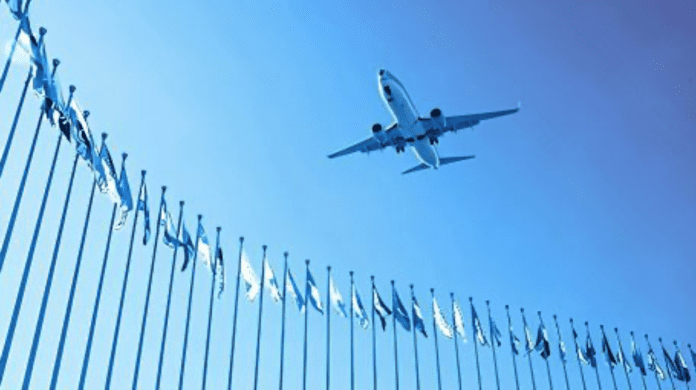The term Open Skies refers to international aviation agreements that aim to remove barriers related to routes, capacity, and pricing. The goal is to enhance competition and efficiency in global air travel, ultimately benefiting both airlines and passengers. However, this concept is often misunderstood, particularly in Kenya, where it is sometimes misinterpreted as a call to open the floodgates to all foreign carriers.
To be clear, Open Skies does not equate to unlimited access for every foreign airline. It is a policy framework governed by the “freedoms of the air”, a set of nine specific aviation rights that dictate how airlines operate across borders. Of particular importance is the fifth freedom, which allows an airline from one country to transport passengers between two other nations, provided the flight originates or ends in its home country. For example, a Dubai-based carrier could fly to Nairobi, then continue to Johannesburg before returning to Dubai.
At the heart of any Open Skies agreement is the principle of reciprocity. This means both countries involved must offer each other the same rights. However, these agreements only work fairly when the playing field is level, when all parties maintain similar standards in safety, regulation, and infrastructure. Without such balance, local airlines, often smaller, underfunded, or less technologically advanced, face overwhelming competition from large, state-subsidized foreign operators.
Behind the charts: What the ET vs KQ comparison misses
Globally, regional aviation integration has proven more effective than bilateral deals. The European Union’s Single European Aviation Market allows seamless travel within member states. Likewise, ASEAN is progressing toward a fully liberalized aviation market. Africa’s equivalent is the Single African Air Transport Market (SAATM), a flagship initiative under the African Union’s Agenda 2063, to which Kenya is a signatory.
SAATM seeks to remove restrictions on intra-African air traffic, allowing African airlines to fly freely within the continent. Its objectives align with the true spirit of Open Skies: lowering airfares, improving connectivity, reducing reliance on foreign hubs like Dubai and Paris, and boosting tourism, trade, and employment within Africa.
Unfortunately, in Kenya, some voices champion Open Skies as a blanket invitation for foreign carriers. Such a stance could prove detrimental. First, it risks the collapse of local airlines that cannot match global giants. Second, it threatens Nairobi’s status as a regional aviation hub. Without strong domestic carriers to anchor operations at Jomo Kenyatta International Airport (JKIA), Kenya’s influence in African air travel could wane.
This is why regulatory oversight must be viewed not as a hindrance, but as a strategic tool. Kenya should not rush into liberalization that undermines national interests. Instead, the country should align its aviation strategy with SAATM, ensuring that liberalization serves African airlines first, and contributes to long-term, sustainable growth of the continent’s aviation sector.
In summary, Open Skies is a nuanced policy requiring careful implementation. Kenya must guard against turning a well-meaning agreement into a one-sided arrangement that harms its own aviation future.








